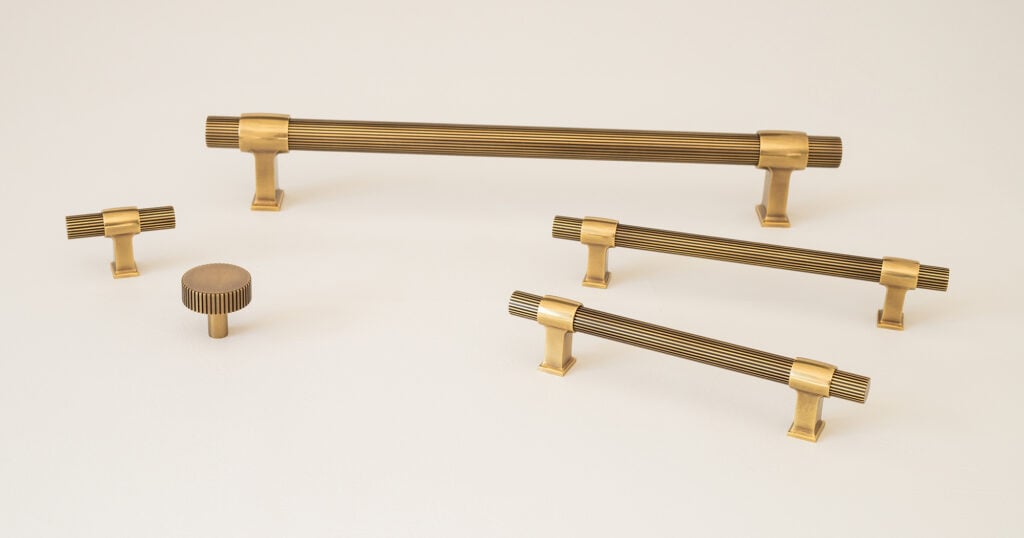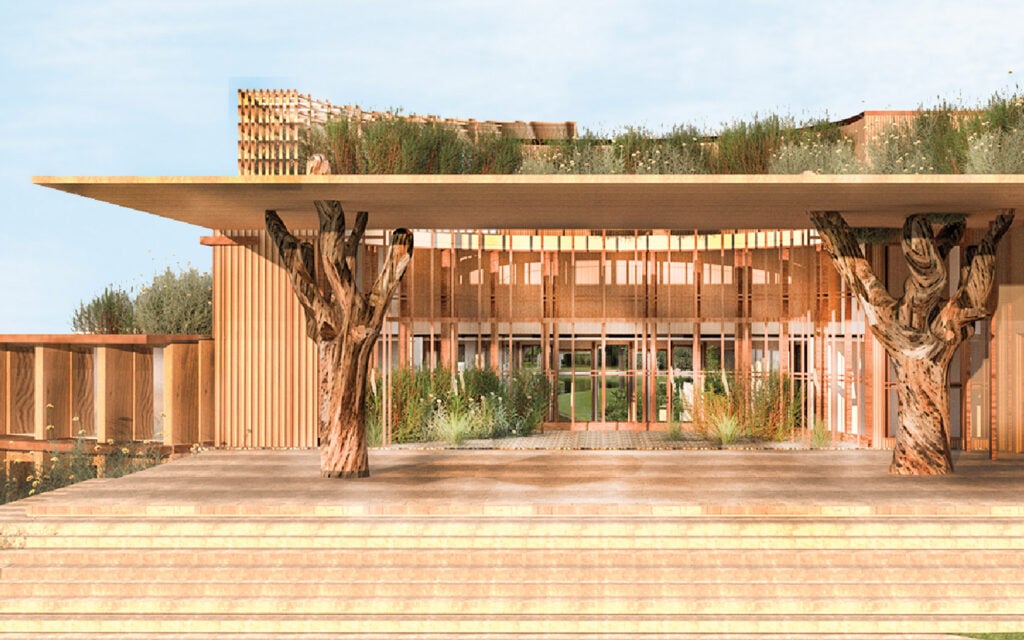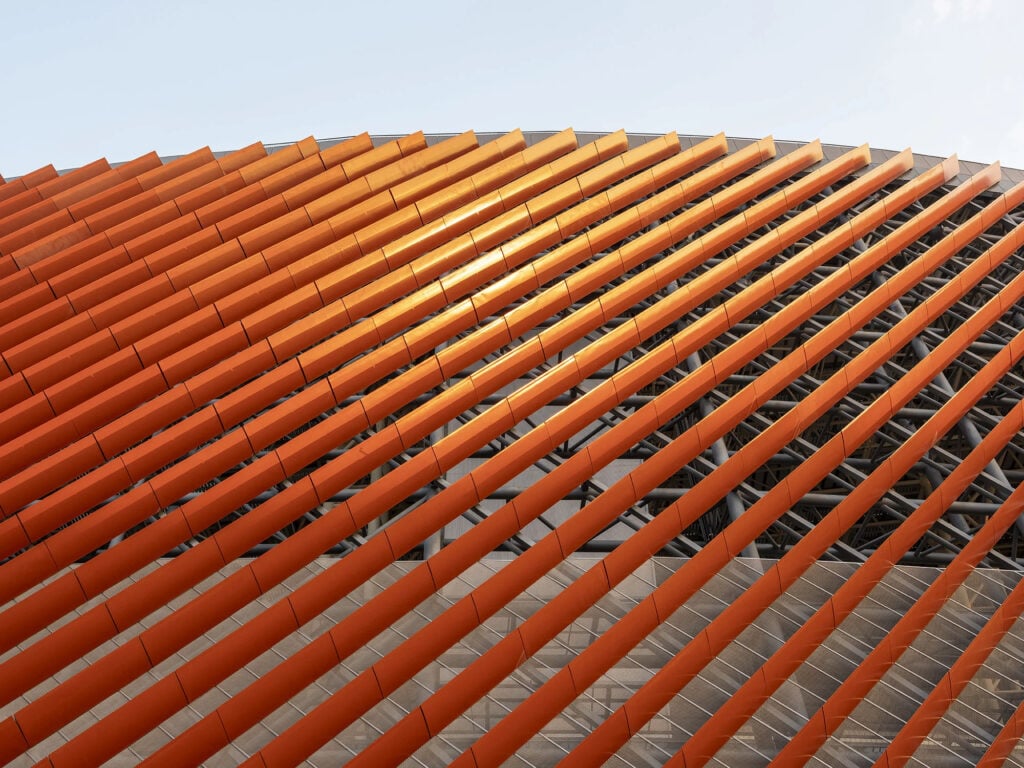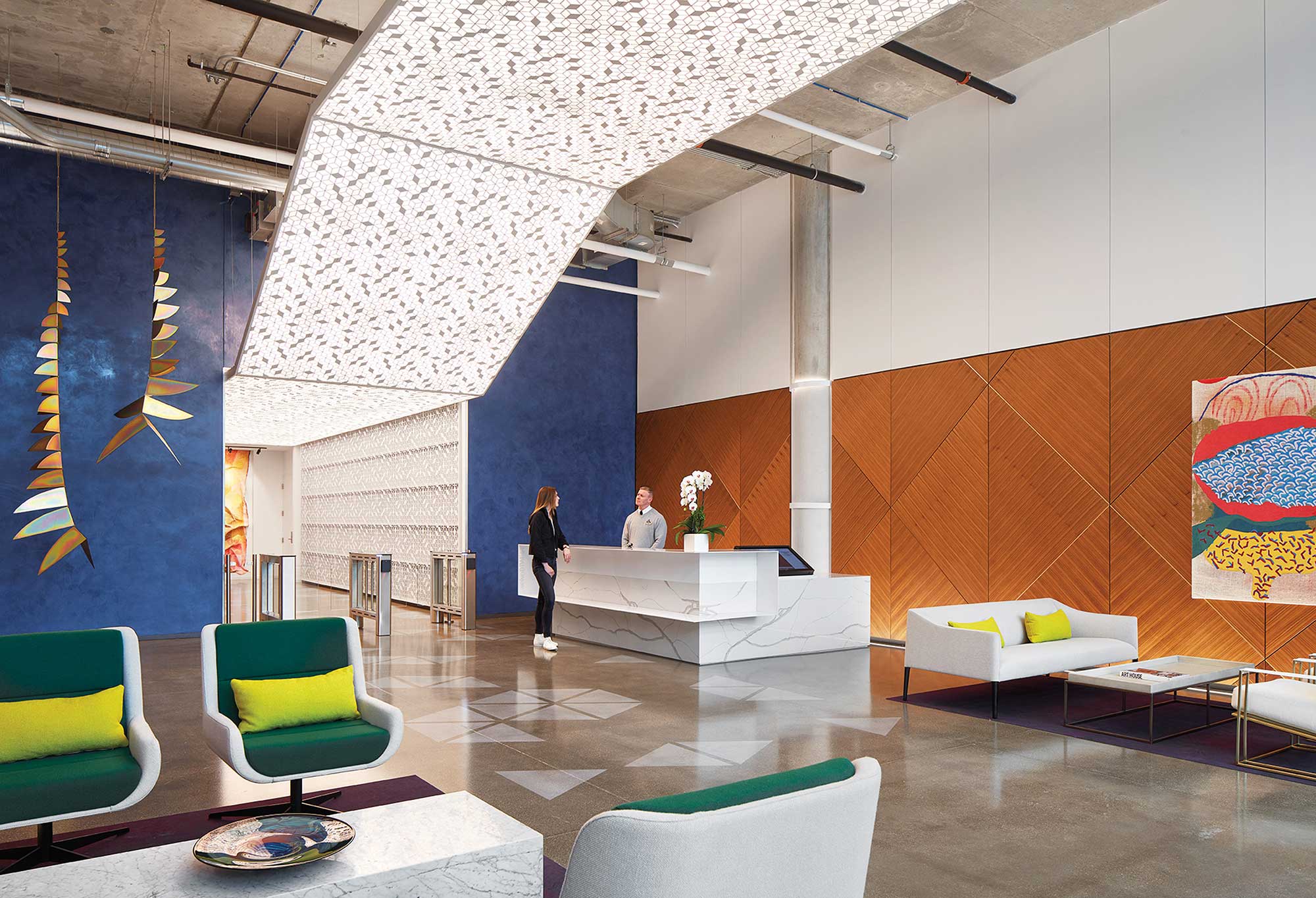
April 20, 2023
This Firm’s Design Secret Is a Good Research Road Map
IN PARTNERSHIP WITH EASTLAKE STUDIO EASTLAKESTUDIO.COM
What makes an architecture and design practice unique? How do firms and offices develop areas of expertise, deep insights, and passion projects? For the Leading Edge series, Metropolis editor in chief Avinash Rajagopal sat down with 20 firms in 2022, speaking to practitioners about what distinguishes their work. Watch the full series on DesignTV by SANDOW.
“Back in the day, the tech industry realized that for their apps or software to be valuable, they had to understand people, so they would bring in behavioral researchers to study their customers. And when a company is creating a new piece of technology, it’s no surprise to anyone involved if it costs tens of millions of dollars to develop.
Yet for a physical space, it seems like an outrageous luxury to invest in deeply understanding how people are going to use that space. That’s why it’s enormously helpful that we have our roots in technology.
Two thirds of our company is a technology company and one third is physical space and, with that experience and awareness, we’re taking an evolutionary step as a discipline.
We’re getting behavioral researchers to come in and do the hard work of understanding the people that use our spaces.
This kind of collaboration is the future of the industry. Armed with behavioral information, our architects can design more productive environments. Architects and designers need to have knowledge of all these other disciplines and aspects that really make spaces great experiences.
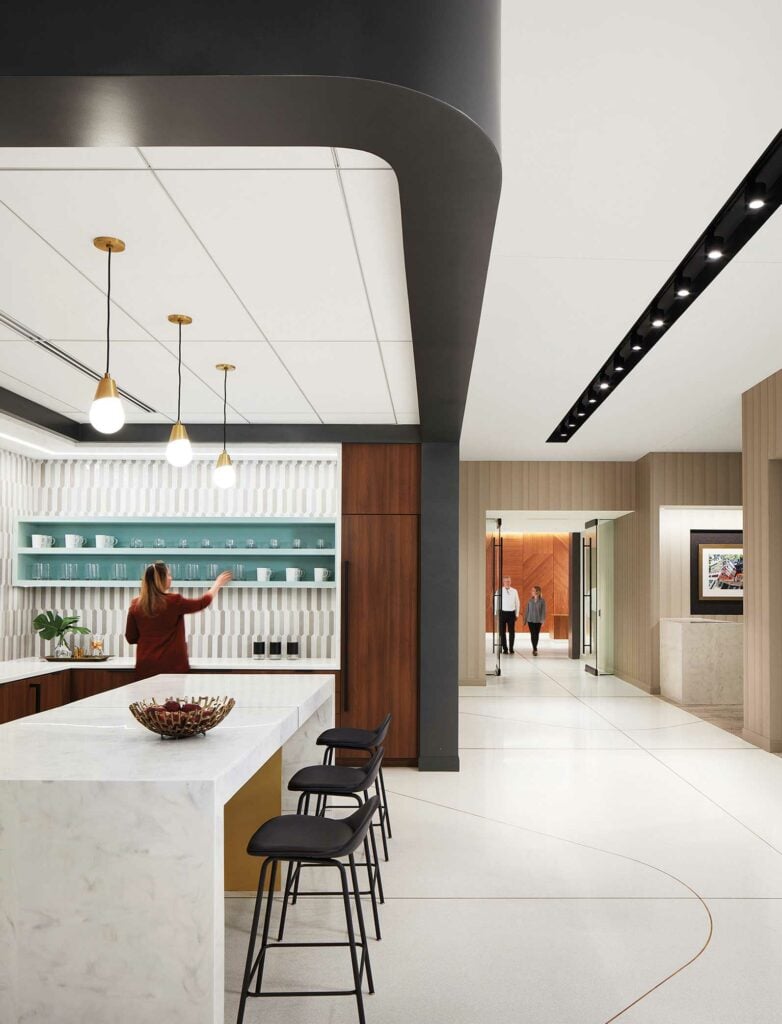
Eastlake Pushes beyond Understanding Client Needs
In the earlier phase of a project, we engage in a deep level of analysis, looking at what is really going on with a client or group of people, employees, or customers—whomever will end up using the space. Architects typically engage in stakeholder interviews or surveys, but the true magic comes when you push beyond that, using context observation to validate what you learn from interviews.
We’re going through this process for ourselves right now. In our stakeholder workshop, we worked on a variety of different questions and activities. Instead of starting with what we think the solution is and trying to validate that, we’re trying to gather everyone’s information and poke holes until we determine what the real problems are. Historically as designers and architects, we were always trying to drive the process to a solution with our questions, which becomes very leading. The process should instead be focused on getting to the root of the problem, even if it’s not the answer that you want.
We’re discovering different things in our research that we believe are going to help us be a better business, and it’s not only about the space investment. The research is telling us about all the experiences that can be better. When you pull these data points together and analyze them, and then overlay the design process, you don’t end up with just one project but many small projects that affect the employee experience. From there, you can prioritize, build a road map, and feel empowered to initiate those smaller projects over time.
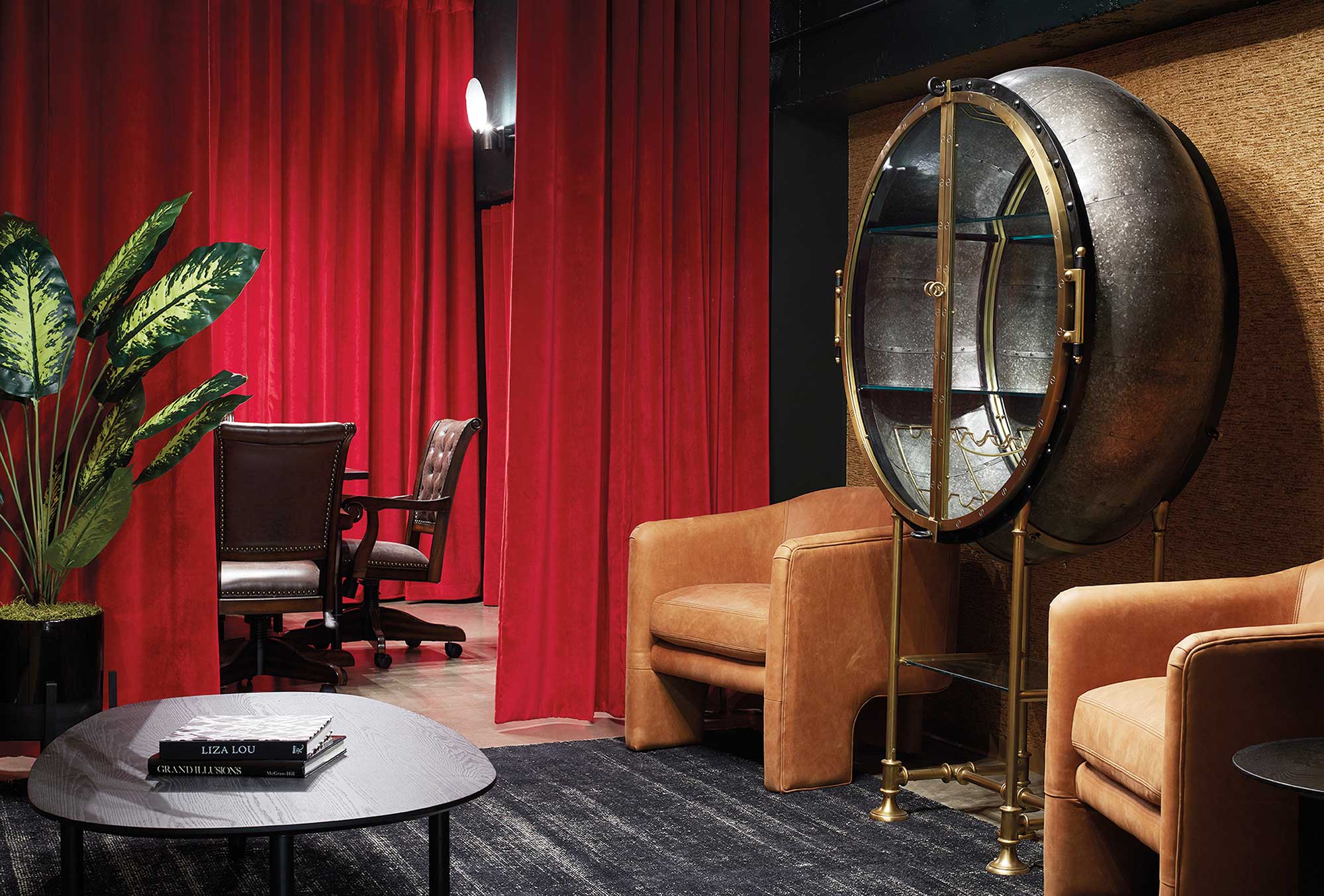
Proactive, Not Reactive Design Drives Results
Right now, real estate is still driving a lot of decisions. The thinking is, ‘Oh, our lease is terminating in a year so we should start now.’ That’s why this upfront research gets cut out. Companies think they already know the problem but are just moving people from here to there. They have to give themselves time and runway to get started earlier so that when they begin the real estate process, they’ve already gathered and validated all the information, and they know for sure that that footprint is what’s right for them.
You must think about commercial real estate like a company. If I introduce a piece of software, it should make you a better company. Real estate, too, should be a service. If you’re a lawyer, your office should make you a better lawyer. People shouldn’t succeed at their jobs despite their office, but because of it.”
Catch up with Eastlake Studio on DesignTV by SANDOW, as they break down their mission to understand more deeply how people use space.
Christina Brown is a principal at Eastlake Studio, and David Dewane is a chief experience officer, physical space, at geniant.
Would you like to comment on this article? Send your thoughts to: [email protected]
Related
Products
Functional Beauty: Hardware That Does More Than Look Good
Discover new standout pieces that marry form and function, offering both visual appeal and everyday practicality.
Profiles
The Next Generation Is Designing With Nature in Mind
Three METROPOLIS Future100 creators are looking to the world around them for inspiration.
Viewpoints
How Can We Design Buildings to Heal, Not Harm?
Jason McLennan—regenerative design pioneer and chief sustainability officer at Perkins&Will—on creating buildings that restore, replenish, and revive the natural world.



